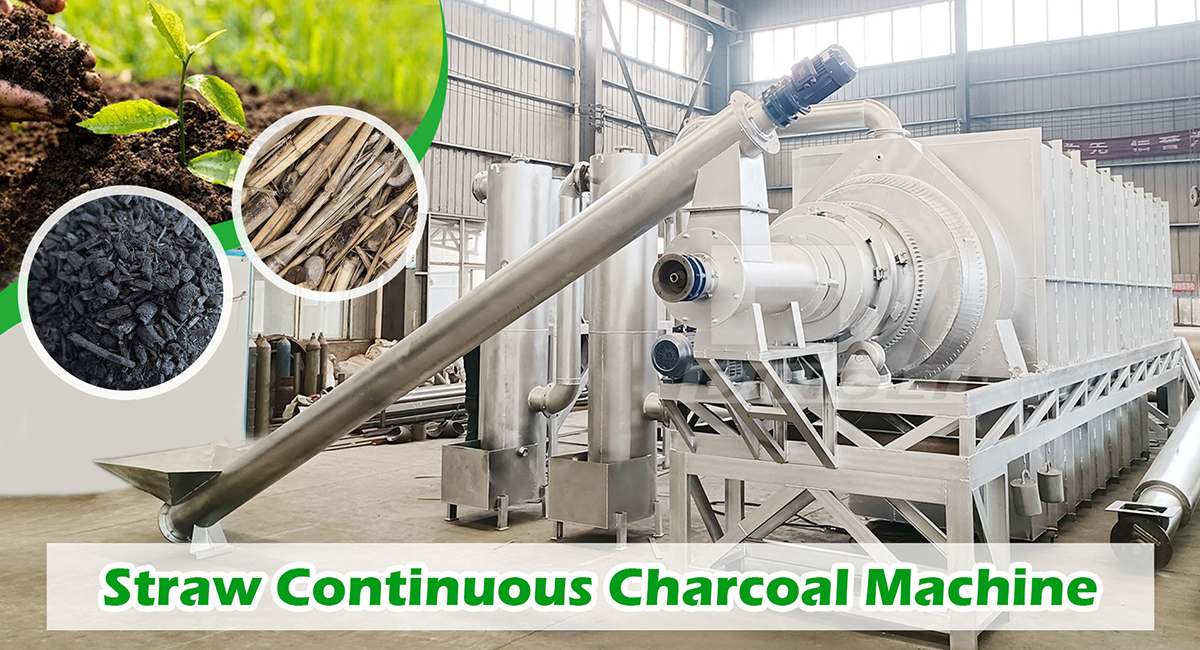 dinglimachine01@gmail.com
+86 16638159081(Wechat/WhatsApp)
dinglimachine01@gmail.com
+86 16638159081(Wechat/WhatsApp)
One of the core values of biochar is its strong adsorption capacity, which can be used to fix soil pollutants and retain water and fertilizer. The adsorption performance of biochar (such as specific surface area and pore distribution) is largely determined by its raw materials. So, which raw materials can produce biochar with excellent adsorption performance?
Studies have shown that the adsorption capacity of biochar mainly depends on its developed pore structure, especially the rich micropores and mesopores. The physical structure and chemical composition of the raw materials (such as the ratio of cellulose, hemicellulose, and lignin) directly affect the formation of pores during pyrolysis. Generally, raw materials with dense structure, complex fiber arrangement, and relatively low ash content are more likely to form a developed pore network after pyrolysis.

Nut shells: Coconut shells, walnut shells, apricot shells, etc. are recognized as top raw materials for producing ultra-high specific surface area and high microporosity biochar. The specific surface area of coconut shell biochar can often reach hundreds or even thousands of m²/g, and its adsorption performance is close to that of commercial activated carbon. Hardwood: Biochar produced from hardwood raw materials such as oak, maple, and bamboo also has a high specific surface area and good pore structure, and has excellent adsorption performance. Fruit core/seed: Peach core, olive core, etc. are also potential high-adsorption raw materials. In contrast, although agricultural residues such as rice husks, wheat straw, and rice straw are available, their biochars usually have a lower specific surface area, higher ash content, and weaker adsorption performance than the above raw materials. The adsorption performance of softwood (such as pine and fir) biochar is usually between hardwood and straw.
If the goal is to use biochar to adsorb soil heavy metals and organic pollutants or as a soil conditioner for efficient water and fertilizer retention, biochar produced from raw materials such as coconut shells, hardwood (such as bamboo and oak), and walnut shells should be preferred. Their developed microporous structure provides huge adsorption capacity. For scenarios mainly used to adjust soil pH and supplement basic nutrients, the adsorption performance requirements are not high, and straw and rice husk raw materials are more cost-effective choices. Clarifying the intensity of demand for adsorption function is the key to selecting raw materials.